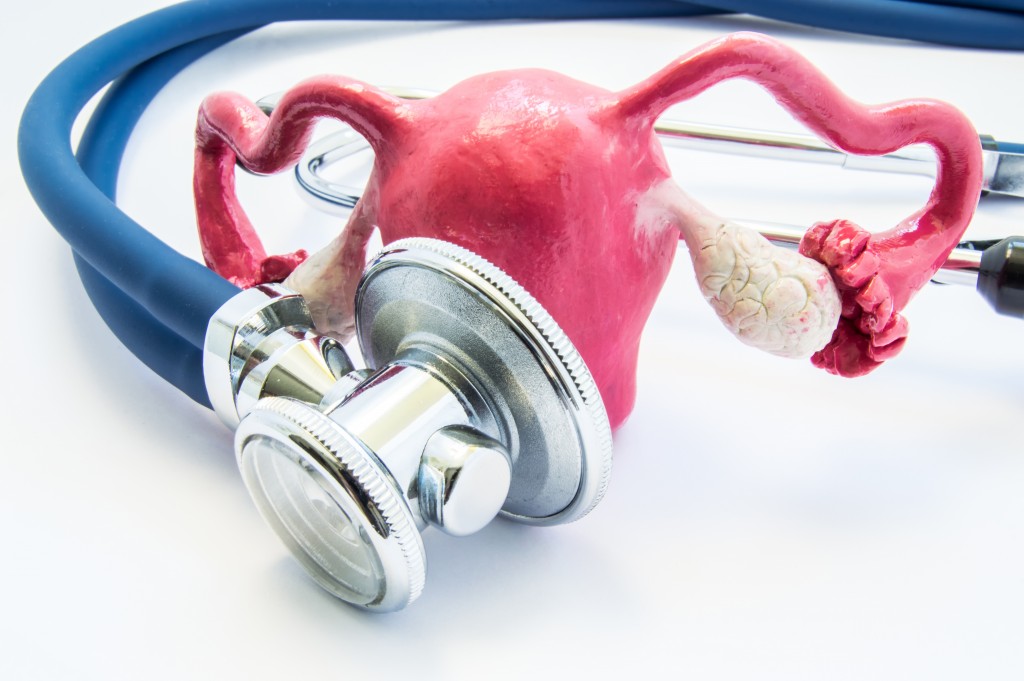Polycystic Ovary Syndrome (PCOS) affects 1 in 10 women between the ages of 15 and 44. This condition affects the hormones, resulting in various bodily issues such as weight gain, acne, hair growth, irregular menstruation, and hair fall, to name a few. There is currently no cure for this condition, but its effects can be controlled.
One study found that up to 70% of women with PCOS are undiagnosed. For this reason, it is recommended that women of childbearing age should be checked by a gynecologist from OB-GYN clinics in Eagle Mountain and other cities. PCOS can make women at risk of more serious diseases, but with a treatment prescribed by a gynecologist, you can prevent them and have your overall health improved.
Understanding PCOS
An imbalance in the reproductive hormones causes PCOS. Supposedly, the ovaries should produce egg cells that are released during ovulation, but with a hormonal imbalance, the egg cells may not be released or produced.
Without the development of egg cells, missed or irregular menstruation will occur, potentially leading to infertility and cysts (fluid-filled sacs) in the ovary.
The three main features or signs of PCOS are irregular or missed periods, high levels of male hormones, and ovarian cysts. These cysts, or sacs, are actually follicles that contains an egg cell that has never matured. This impedes ovulation, which can alter reproductive hormone levels, making some higher and lower than normal. Male hormones also get produced excessively, which explains why periods become irregular.
Who is at risk of PCOS?
Any women of childbearing age in the world can be at risk of PCOS. Most women get diagnosed in their 20’s and 30’s, but this condition can also happen after puberty. Women with obesity are at a higher risk, as well as those who have a family history of PCOS.
Causes

As mentioned, PCOS can be passed down from generation to generation. But apart from hereditary reasons, PCOS can also be caused by insulin resistance. With lack of insulin in the body, the pancreas will start producing more to make up for it, and in turn, it pushes the ovaries to produce more male hormones, causing an imbalance. Inflammation in the body, typically from being overweight, is also linked to higher androgen (male hormone) levels.
The exact causes of PCOS are still unknown to doctors, but they believe that the mentioned factors leading to hormonal imbalances contribute to its development.
Symptoms
Irregular periods, acne, weight gain, heavy bleeding during menstruation, excessive hair growth (hirsutism), hair fall, dark patches on the skin, and headaches are the common symptoms of PCOS.
Diagnosis and Treatment
There are various tests that can detect PCOS in women. A physical exam is one, wherein your blood pressure, body mass index, and waistline will be measured. Your skin will also be checked for any excess body hair growth.
You may also undergo a pelvic exam which helps spot signs of excessive male hormone production. This also checks if your ovaries have been enlarged or swollen.
Pelvic ultrasound also examines your ovaries for cysts, which can confirm if you have PCOS. The endometrium, or the lining of the uterus, will also be checked.
Blood tests also determine if you have high androgen levels, as well as other health conditions like thyroid problems, high cholesterol levels, and diabetes.
Treatments depend on the symptoms the patient experiences. If you’re trying to get pregnant, for example, fertility treatments will be given by your gynecologist. Losing weight will also be recommended to trigger ovulation and regulate periods. Eating healthy and exercising regularly are also effective ways to relieve PCOS symptoms.
With no known cure yet, the best we can do to combat this condition is to be health-conscious. We should keep our weight at ideal levels and visit a gynecologist periodically to take care of our reproductive health.
